Jayalakshmipuram, Chamundipuram, Chamarajapuram, Saraswathipuram, Lakshmipuram, V.V. Puram, Ashokapuram, Krishnamurthypuram, Vidyaranyapuram, Gayathripuram…
The Heritage City of Mysuru has a host of Purams like sweet slices of mango, if the whole mango fruit is considered to be Mysuru. Despite the advent of many ‘Nagars’, these Purams are one of the most loved areas in Mysuru as they have many unique structures like the Professors’ Quarters(see pic.) at Saraswathipuram. Like the ‘Mohallas’, these Purams are unique and have their own stories to narrate for a discerning listener. They have raised Mysuru’s status from a small Municipal Council into a Civic Corporation as illustrated in this Weekend Star Supplement.Mysuru: A Look at its Past…
Purams: Old and New
By Gouri Satya, Sr. Journalist
In my previous article, I made an attempt to narrate briefly how old Mysuru city expanded from outside of its Fort with the formation of Mohallas, which included Agraharas and Keris, most of them coming up during the reign of Krishnaraja Wadiyar III (1799-1868).
In this article, I intend to explain within the limitations of space, how the city further expanded into ‘Purams’. In fact, the present ‘Purams’ were called ‘Pura’, meaning a city, when they were formed during the period of Maharaja Krishnaraja Wadiyar IV (1901-1940). Probably, his intention was a satellite township as they were formed outside the Palace Fort. ‘Puram’ is a recent usage.
Both the Mohallas and the ‘Purams’, old and new, have today become an integral part of the city, resulting in its expansion on all the four sides, raising its status from a small Municipal Council into a Civic Corporation and signs indicating a Metropolitan City status in the not too distant future.
Like the Mohallas, the villages that surrounded the old city have turned into ‘Purams’. Having merged within the city, these villages have now gone into oblivion, their names totally lost, excepting two or three which continue to be called by their old names.
Karunapura was perhaps the first ‘Pura’ to take shape. It was established by the Wesleyan Missionaries after the break out of the 1898 pestilence in Mysuru. The ‘outcasts’, who lived in Veeranagere Colony in the northern outskirts of the city needed urgent help to face the dreaded plague. The Maharaja decided to move them from the highly insanitary and infectious area to a better place by offering the poor vacant sites on the outskirts.
Rev. Holdsworth, the Wesleyan Missionary, in whose wife’s name stands the popular Holdsworth Memorial Hospital, came to the aid of the poor Christians of the Veeranagere, and secured a piece of land on which were built huts and sheds which were later substantially improved. The Christian settlement was named as ‘Karunapura’, the ‘City of Mercy’. This is how present Karunapura came into existence.
Subsequently, Lakshmipuram, Chamarajapuram, and Saraswathipuram came up. In order to decongest the unhygienic area within the Fort, Dewan Sir Mirza Ismail planned relocating the Urs’ families to the outer parts of the Fort. The residents of the small congested houses surrounding the Palace often faced pestilence like plague and cholera which took a heavy toll.
The fire that occurred during the marriage of Jayalakshammanni, the eldest Princess of Maharaja Chamaraja Wadiyar, in 1897, destroying a major portion of the Palace, further underlined the need to decongest the area. Sir Mirza, who had become Dewan in 1926, planned to clear the old and worn-out houses, which marred the beauty of the new grand structure that had come up by then, and to create open spaces with garden and convenient passages in their place.
Much to their reluctance to live away from the residence of the ruler, the rich Ursu families and noblemen moved out to ‘Lakshmipura’, a new extension that had already taken shape as early as 1884, on the western part of the city on what was old ‘Dodda Holageri, the most insanitary area and hot-bed of plague and other fatal diseases.
The unnamed extension was given the name ‘Lakshmipura’ after the Ursu families and noblemen moved there. They built spacious bungalows, having facilities for accommodating horses, carriages and servants. Today, modern structures have replaced the spacious bungalows, leaving one or two bungalows of the Ursu families, robbing the charming look of the area.
Though ‘Lakshmipuram’ extension had come into being without its present name, the newly formed extension around the Law Courts had already been given the name, ‘Chamaraja Pura’ by about 1914 alone. At that time, there were only two extensions identified, one was ‘Karunapura’ and the other was ‘Chamaraja Pura’.
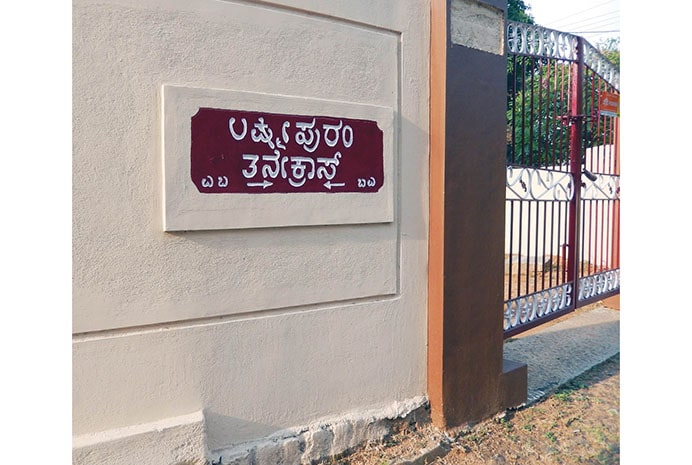
With the shifting of the Maharaja’s College to the present building in 1893, which became the nucleus of the Mysuru University in 1916, the Maharaja saw the need to provide houses for the teachers working in the College. The Saraswathipuram was formed next to Lakshmipuram. Professors’ quarters and bungalows were built, as
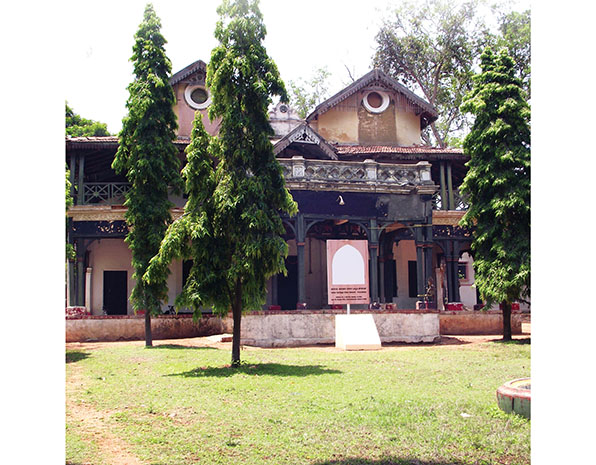
It is often said, while Lakshmipuram was for the sons of ‘Lakshmi’, the goddess of wealth, Saraswathipuram was for the sons of the Goddess of learning, Saraswathi. That was the vision with which these two new ‘Purams’ were formed during Maharaja Krishnaraja Wadiyar IV.
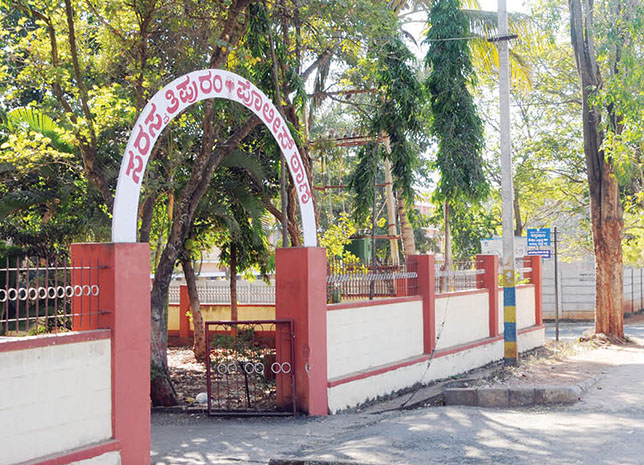
After the construction of Lakshmipuram, those living in the ‘Dodda Holageri’ were shifted away to the present Ashoka Puram, the generous Maharaja constructing row houses for them to see that they live in hygienic conditions, unlike in the Dodda Holageri. This area was named ‘Ashoka Puram’ a few decades ago.
After Lakshmipuram, came up Chamarajapuram that was named in honour of Maharaja Chamaraja Wadiyar. Houses were built for the needs of the middle-class families in this area which linked the two areas of Lakshmipuram and Saraswathipuram, and the Mysuru-Nanjangud railway line passing between them. Chamarajapuram Railway Station and the Law Courts are the two landmarks of this area. Chamarajapuram was initially formed as Chamaraja Agrahara with 32 houses.
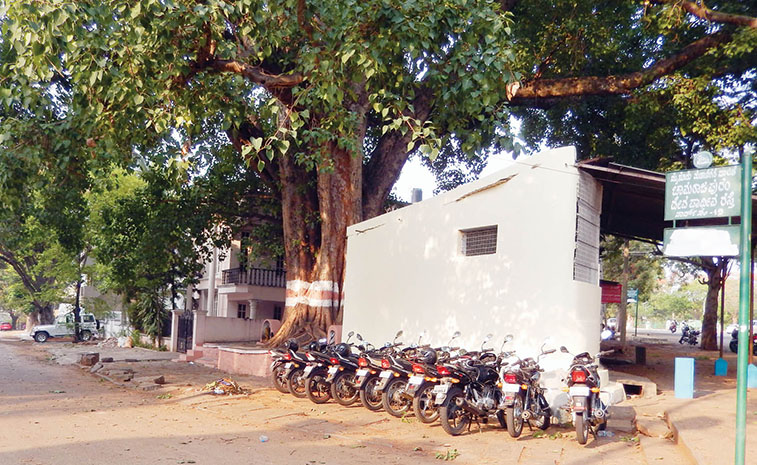
The Kannegowdana Koppal, after Chamarajapuram, leading towards Saraswathipuram, continues to survive with its old name as though to show how the villages surrounding the city came within expanded Mysuru. Though it bears the old name, it has lost the look of the old ‘Koppal’ as new houses and shops have sprung up in place of the old houses of the hamlet that were congesting the area.
Similar is the case with Vontikoppal on the other side. Though it has lost its identity as a village, having come within the city, it is still being identified by its original name by many, although the extension is named as Vani Vilasa Mohalla or Vani Vilasa Puram in honour of Maharani Vani Vilasa Sannidhana — so also the case with the Kumbara Koppal and Kukkarahalli Village.
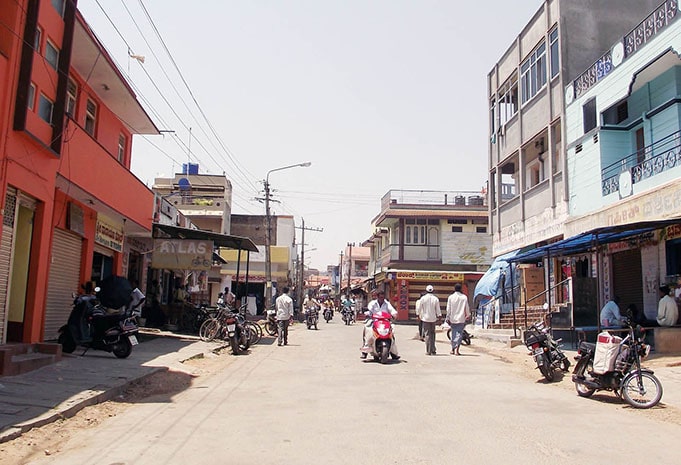
Maharani Kempananjammanni of Vani Vilasa (1866-1934) was the wife of Maharaja Chamaraja Wadiyar IX and mother of Maharaja Krishnaraja Wadiyar IV. She occupies a high place in the annals of Mysore history with her significant contributions in her roles as Maharani-regent (1895-1902) and as
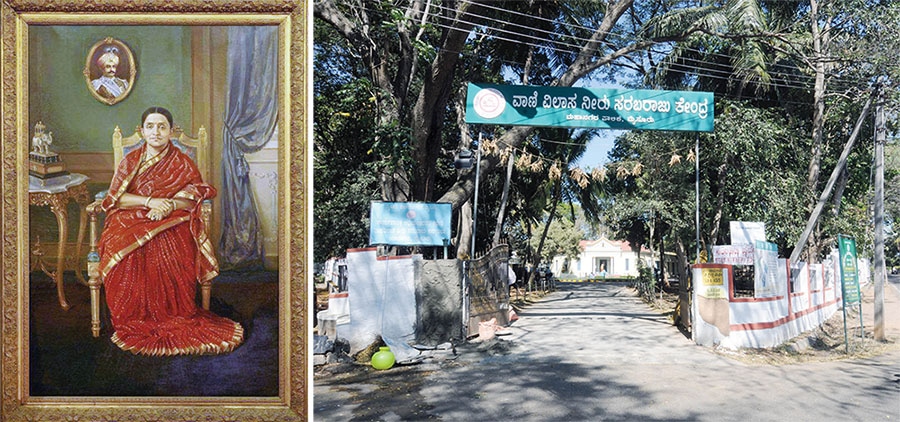
It is here the Vani Vilasa Water Works and the Vani Vilasa Water Pumping Station is located. The Water Pumping Station is her generous gift to the people of Mysuru at a time when there was no supply of drinking water through pipes and both the Works and the Station continue to feed the people with Cauvery water.
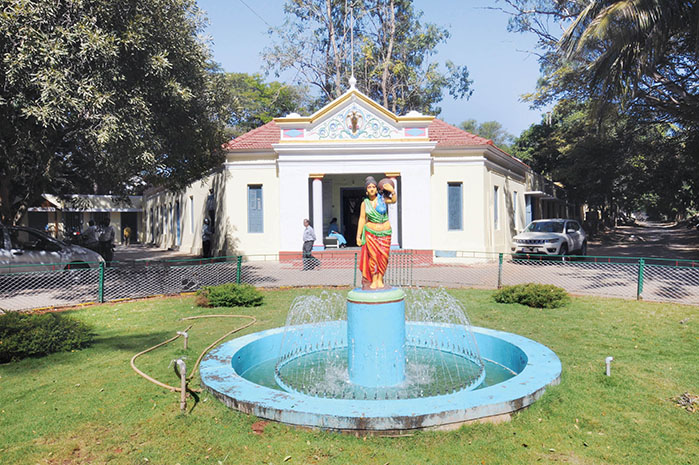
As the city began to expand, Krishnamurthypuram came into existence on the southern area of the city. It is named after Dewan Krishnamurthy, and Vidyaranyapuram came up in the later years. P.N. Krishnamurthy (1849-1911) was a direct descendant of Dewan Poornaiah, the first Dewan of Mysuru. Krishnamurthy was Dewan from 1901 to 1906, during Krishnaraja Wadiyar IV.
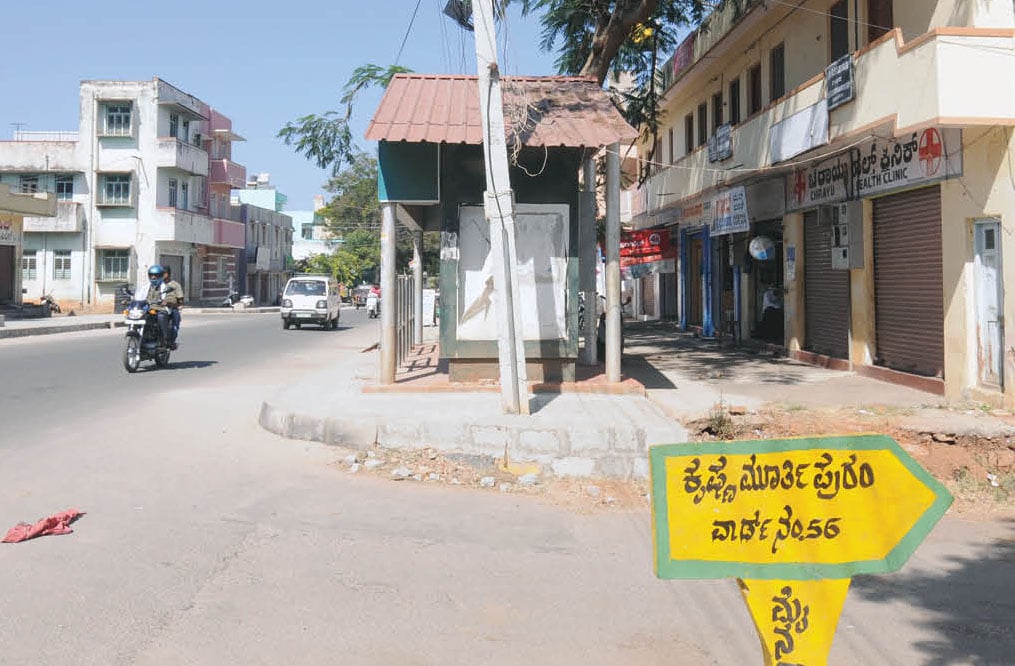
Chamundipuram, an extension of Chamundi Extension, has become a part of Vidyaranyapuram now. Who does not remember the famous spicy ‘Chamundipuram Hurigalu’?! Chamundi Extension was named as it was towards Chamundi Hills.
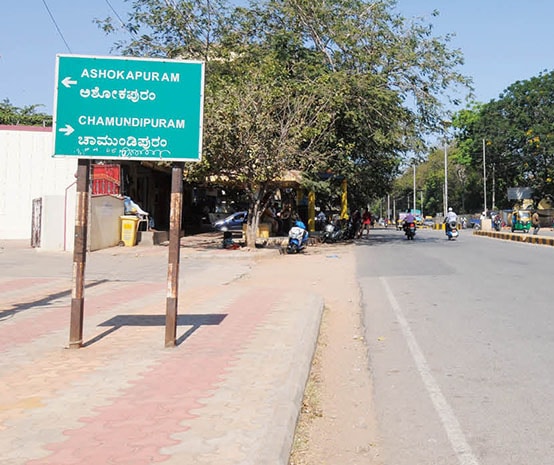
A new extension was formed in continuation of the Vani Vilasa Mohalla called Jayalakshmipuram. It was named after Princess Jayalakshammanni, whose former bungalow, now the Folklore Museum of the Mysuru University, is located close to it. The bungalow is now part of Manasagangothri, the post-graduate extension of the Mysuru University, which came into existence during the period of Maharaja Jayachamaraja Wadiyar.
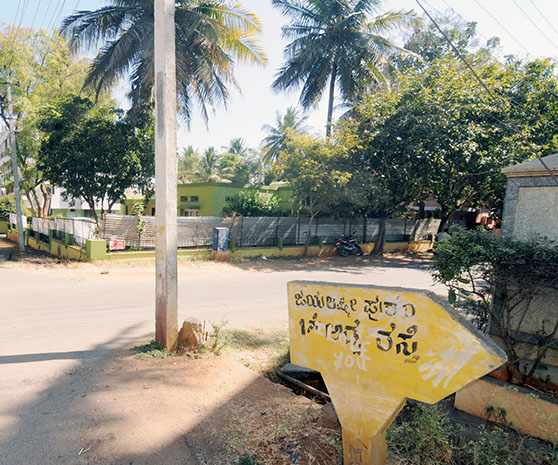
Princess Jayalakshammanni was the eldest among the three daughters of Maharaja Chamaraja Wadiyar and was married to Sardar M. Kantharaja Urs, her maternal-uncle.
The contribution of these ‘Purams’ to the cultural and educational growth of Mysuru is significant. It is in the spacious bungalows and houses of these ‘Purams’ resided many leading personalities during the golden era of Maharaja Krishnaraja Wadiyar IV.
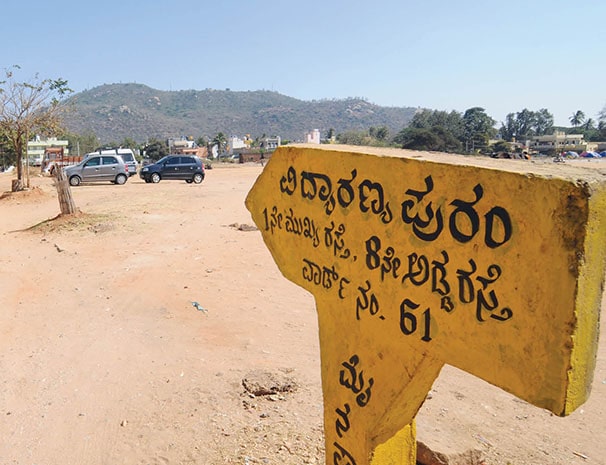
They made immense contribution to Mysuru in one field or the other, earning respect for themselves and for the Maharaja and made Mysuru a popular royal city for which Mysureans should remain grateful. Most of them are regrettably forgotten, while a few streets or roads named after them continue to remind us of their service.



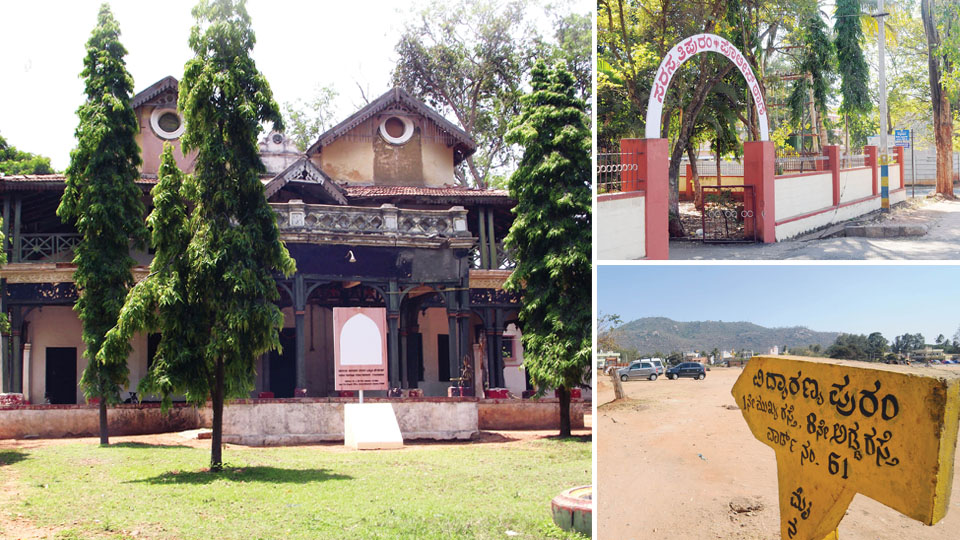

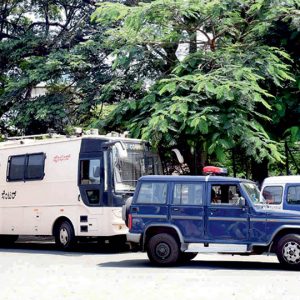
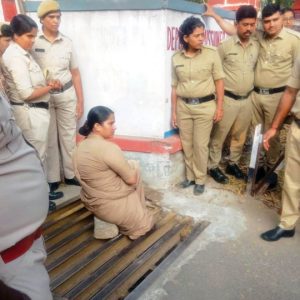
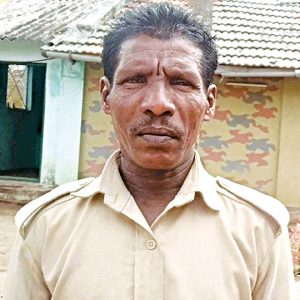
It was heartwarming to read the glorious history of purams of Mysuru. Thank you Star of Mysore.
Interesting article on the history of ‘Purams’.I am of the vintage who actually either walked or cycled through most of these”Purams’ when some of them were emerging and the others were maturing as entities in 1950s, and hence could see the distinct characteristics of each ‘Puram’. This was possible because of the slow growth of Mysuru as a whole, which maintained a rather constrained boundary as compared to Bengaluru at that time where similar entities like Basavangudi, Malleswaram etc.. were expanding far too fast. This contrast made Mysuru that much environmentally richer and tranquil.
I would compare the host of ‘Purams’ to the fruit bulbs in a whole Jackfruit, that is Mysuru-where each bulb is physically distinct and yet bound by the common flavour.
To me, these ‘Purams’ were quintessentially at their best in mid-1950s , just under a decade after independence, and were in their last days of basking under Royal benevolence. Any narrative in regards to them at that time would be interesting to read.
Well said. A write up on the glorious royal days is part of my book “Mysuru Memories: the old city of Mysuru” published by the Department of Archeology, Mysore.
Thanks.Unfortunately I do not live in Mysuru or India,having left the country 4 decades ago. I am not sure whether similar article or your book exists about Bengaluru. Agree that Mysuru has been unique as a Royal city during the period you describe.
No, I have not written any book on Bangalore,. I am mainly concentrating on Mysore. My book is available in Bangalore Museum also.
Very nice and informative article. Many of us have not had the good fortune to experience the ‘Purams’ of Mysore in their classical era and this article takes us back, although virtually, to that era. I wonder if there is a museum dedicated to the rich history of Mysore. I’m sure there is a tremendous lot of material to exhibit. Thanks for the article.
Well said. A write up on the glorious royal days is part of my book “Mysuru Memories: the old city of Mysuru” published by the Department of Archeology, Mysore.
There is no museum dedicated to the history of Mysore, though there is need for one.
I grew up in Krishnamoorthi Puram. Under the British rule this area I was told called Weavers Colony and 4th West Cross of Krishnamoorthi Puram then called Weavers Lane. I grew up in Weavers Lane( Weaver Colony no longer existed it was like early 40’s but Weavers Lane name still persisted) and it was changed to 4th west Cross after Karnataka State formed out of Mysore Kingdom, with rest of the streets getting similar generic names. During the time of World War I many Weavers from England opened a factory for making uniforms to Soldiers Reason may be, cheap labor cost in India, a colony of British. This is what I was told by my parents.
Sriranga K Pudupakkam
VV Mohalla Mysore
Weavers’ Lines are a part of Krishnamurthypuram
It was unlikely weavers were from England, although there could have been English managers supervising Indian work force for their masters in England.
Weavers’ Lines were formed by the Maharaja for the weavers of Tamil Nadu, then Madras. The English have nothing to do with it.
I felt really happy to read the history of various ‘purams’ of our heritage city where I used to roam about during my college days in later sixties. Really wonderful article. I await more such informative write ups from the very knowledgeable mr.gouri Satya sir. My congrats to him – Devarajan, nsnjangud
Very good article indeed. Thanks to Mr Gouri Satya sir
Thank you very much Mr. Devarajan.
If I could ad further to what I posted, the impression from this article is that Purams evolved ,and grew at their own pace until 1950s, in my opinion. The shifting of the capital to Bengaluru by Kengal in 1950s, through at that time considered by some as a retrograde move meaning Mysuru losing its importance, it actually did good to Mysuru, in terms of slowing the pace of the city growth, and accelerating on the other hand the growth of Bengaluru; the newly established stste-owned enterprises like the ITI, BEL etc,..acting as catalysts for this accelerated growth. The distance of 90 miles that separate Bengaluru from Mysuru, was a blessing, as the fast growth in those years from 1950s in Bengaluru did not much affect Mysuru,which remained as a relatively tranquil place..
Another good article after the earlier one on history of Mysuru. I am very new – in 70s where I grew up in one of the ‘Purams’ – Chamundipuram. Well said as near to Chamundi hill as we used to walk n back through footsteps with ease. It is also interesting to know that there were areas based on what people do. Basically segregation. However, now very little is related to the people living and the area it was intended to. In a way, it is good to have diversity now, along with history of it. Looks like Gov have done very little compared to Maharajas.
I agree that we need a museum on the history. We would see the water tanks – currently in MG road as end of Mysuru. Now, it has become the heart !
Sir, we readers are grateful for your insights. Looking forward to more articles.
Thank you Rajeswari. What you have said istrue. Yes, please do look forward to more articles on Mysuru, which I still prefer to call Mysore!
hello madam. you said It is also interesting to know that there were areas based on what people do. its quite interesting to know that. could you please elaborate on that.
During 1970s , Mysuru started losing its character which is tranquility as the population was galloping upwards, and new extensions were fast coming up in every Puram.